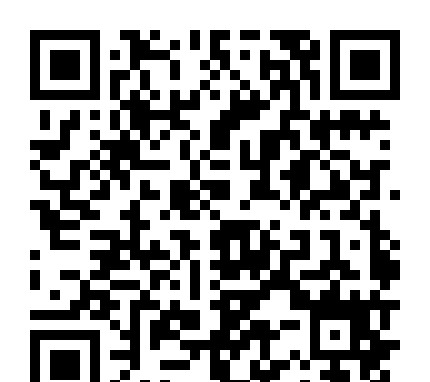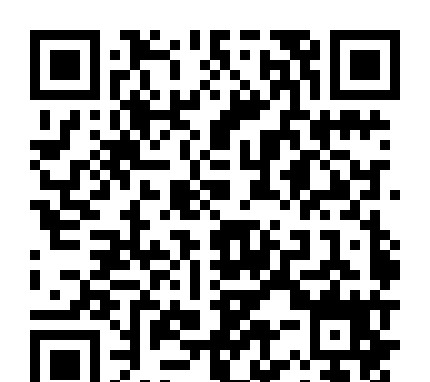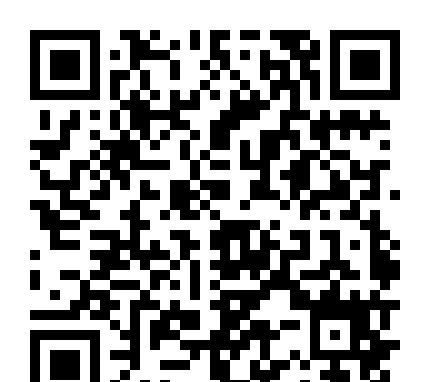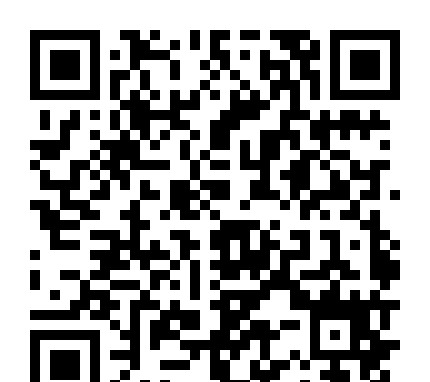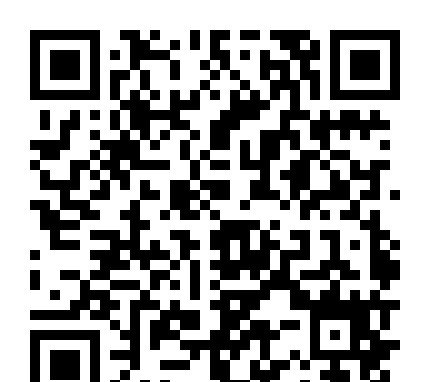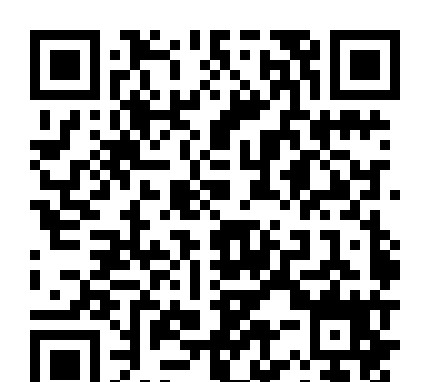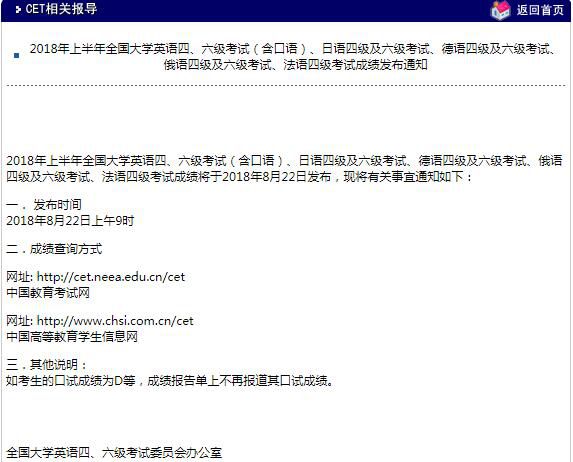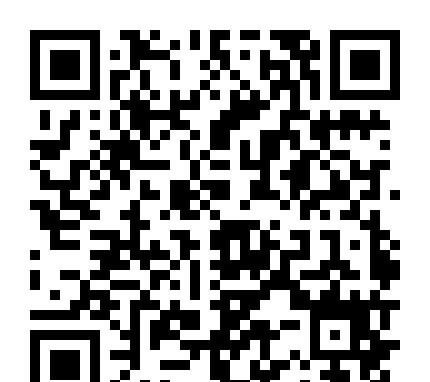Rethinking PC in a world that centers on the Internet
|
VOICE ONE: This is SCIENCE IN THE NEWS in VOA Special English. I'm Bob Doughty. VOICE TWO: And I'm Faith Lapidus. Today we talk about the past, present and future of personal computers. (MUSIC) VOICE ONE: You could say the first personal computers were the simple counting devices of ancient times. But maybe we are going back too far. Some people would say the first real counting machines were the inventions of Blaise Pascal in the middle of the 1600s. Pascal was a French scientist and inventor who designed a machine with wheels and cuts. These worked together to add or take away numbers. A few years later, a German scientist improved on Pascal's work and created a system that permitted multiplication and division. VOICE TWO: In the same period, an Englishman named George Boole developed a math system based on zero and one. Boolean logic was important to the development of the computers of today. But we still have some more historical ground to cover. In eighteen ninety, census workers counted the United States population with help from a system designed by Herman Hollerith. That system, designed two years earlier, used two machines. One machine put holes into paper to mark information. The other machine quickly read the holes and produced a final count. VOICE ONE: Herman Hollerith went on to establish a company called Tabulating Business Machines. In 1911 he sold the company -- and 13 years later it became International Business Machines. The company had already been operating under the IBM name in Canada. So now we jump from 1924 to 1981 -- August 20th, 1981, to be exact. That was the day the company announced a new product called the IBM Personal Computer. It was not the first personal computer ever invented, but its success helped build a new market. So now we are up to the age of the modern P.C. But we have left out some steps along the way. VOICE TWO: In 1930, the analog computer used gears and shafts to solve differential equations. Complex mathematics became easier. Later, IBM's Mark One computer performed operations using a system of electromechanical switches. Then in 1946 came the Electronic Numerical Integrator and Computer -- ENIAC. It used a system of vacuum tubes. ENIAC was huge. It took up almost 170 square meters in a building at the University of Pennsylvania. ENIAC was unlike anything before. Its digital processing was lightning fast, at least compared to older computers. Analog computers used moving parts. Digital devices process information electronically in the form of numbers. The difference was like night and day. (MUSIC) VOICE ONE: Until the 1970s, computers were far too big and costly for the average person. There were mostly mainframe computers in government agencies, research centers and big companies. But people found ways to shrink computers, and to increase the power and speed. Transistors replaced vacuum tubes. Later, integrated circuits combined many transistors on a single small chip. The Apple Computer Company in California started selling personal computers in the late seventies. But the IBM Personal Computer is credited with producing widespread interest in home computers. VOICE TWO: An IBM official called it "the computer for just about anyone who has ever wanted a personal system at the office, on the university campus or at home." Many Americans found the price reasonable: about 1,500 dollars. The success of the IBM Personal Computer helped not only IBM. It also helped two young companies develop into the industry leaders they are today. IBM bought the processor, the brain, for its personal computer from Intel. Intel was then a ten-year-old company. And IBM brought in Microsoft to provide the programming. Microsoft was then a small, little-known company. Bill Gates and Paul Allen started Microsoft in 1975. The IBM Personal Computer came with the first version of Microsoft DOS, or disk operating system. Today Microsoft operating systems are found on most of the personal computers in the world. (MUSIC) VOICE ONE: The development of laptop computers meant that people could take them anywhere. And computers kept getting smaller. In the nineteen nineties people started talking about PalmPilots and BlackBerries and other P.D.A.'s -- personal digital assistants. A person could hold a small computer and, in some cases, a phone and the Internet all in one hand. Microprocessors and improved wireless communications led to the age of cell phones, then cell phones with cameras and more. Today people can hold in their hand more computing power and speed than the room-sized mainframes of the past. (MUSIC) VOICE TWO: The IBM Personal Computer started to face growing competition before long. One was the Apple Macintosh, launched in 1984. What people really liked was its ease of use. DOS users had to enter written commands. But Mac users could simply click on icons, little pictures on the screen. Apple had borrowed the idea from designers at Xerox. Then Microsoft borrowed the idea for its Windows operating system. Today Apple still has a loyal following, but those users represent a small share of the market for personal computers. IBM does not even make personal computers anymore. It sold that part of its business last year to the Chinese company Lenovo. (MUSIC) VOICE ONE: So where will the future take the personal computer? Before we discuss that, we should talk a little about the Internet. It began in the 1960s as a Defense Department project. It was designed to link researchers around the United States with a secure way to communicate even in the event of a nuclear war. The designers linked together a network of networks, with no point of central control over the system. That way, messages could get through even if one or more links were lost. It was built sort of like a spider's web. The Internet came into popular use in the 1990s. People learned that "www" meant World Wide Web. Tim Berners-Lee invented this system at the CERN physics laboratory in Switzerland. Now the public had a new way to send e-mail, find information and buy goods. Today many people could not live without it. As a result, many see the future of the Internet as the future of the personal computer. VOICE TWO: Ray Ozzie is one of those people. He designed Lotus Notes, IBM's widely used e-mail system and database for linking groups. He was recently named chief software architect at Microsoft. VOICE ONE: Since joining Microsoft last year, Ray Ozzie has tried to make its software work better with the Internet. Across the industry, programs are increasingly being designed for use on the Web, instead of being housed on personal computers. Microsoft is offering more Web-based services. Last month, at a meeting of financial analysts, Ray Ozzie discussed the changing times. He described what he called "the P.C. era" as in the past. He said this is a new period in which the Internet is at the center. VOICE TWO: But where is the Internet itself going? There is a lot of talk about improvements that people say will represent the next version of the Internet. Internet 2.0, they call it. There are hopes, but at the same time there are reports of security weaknesses that will need to be fixed. Also, in recent months there has been a lot of debate about the issue of "Net neutrality." Internet neutrality basically means that Internet service producers should not speed up or slow down or block any traffic on the Web. In other words, all Web content providers should be treated the same. Telecommunications companies say they spend a lot of money to build systems that carry Internet traffic. They say they should be able to charge more for those who use these systems more often, or are willing to pay more for special services. (MUSIC) VOICE ONE: SCIENCE IN THE NEWS was written by Caty Weaver and produced by Mario Ritter. Internet users can find transcripts and download archives of our shows at voaspecialenglish.com. |

